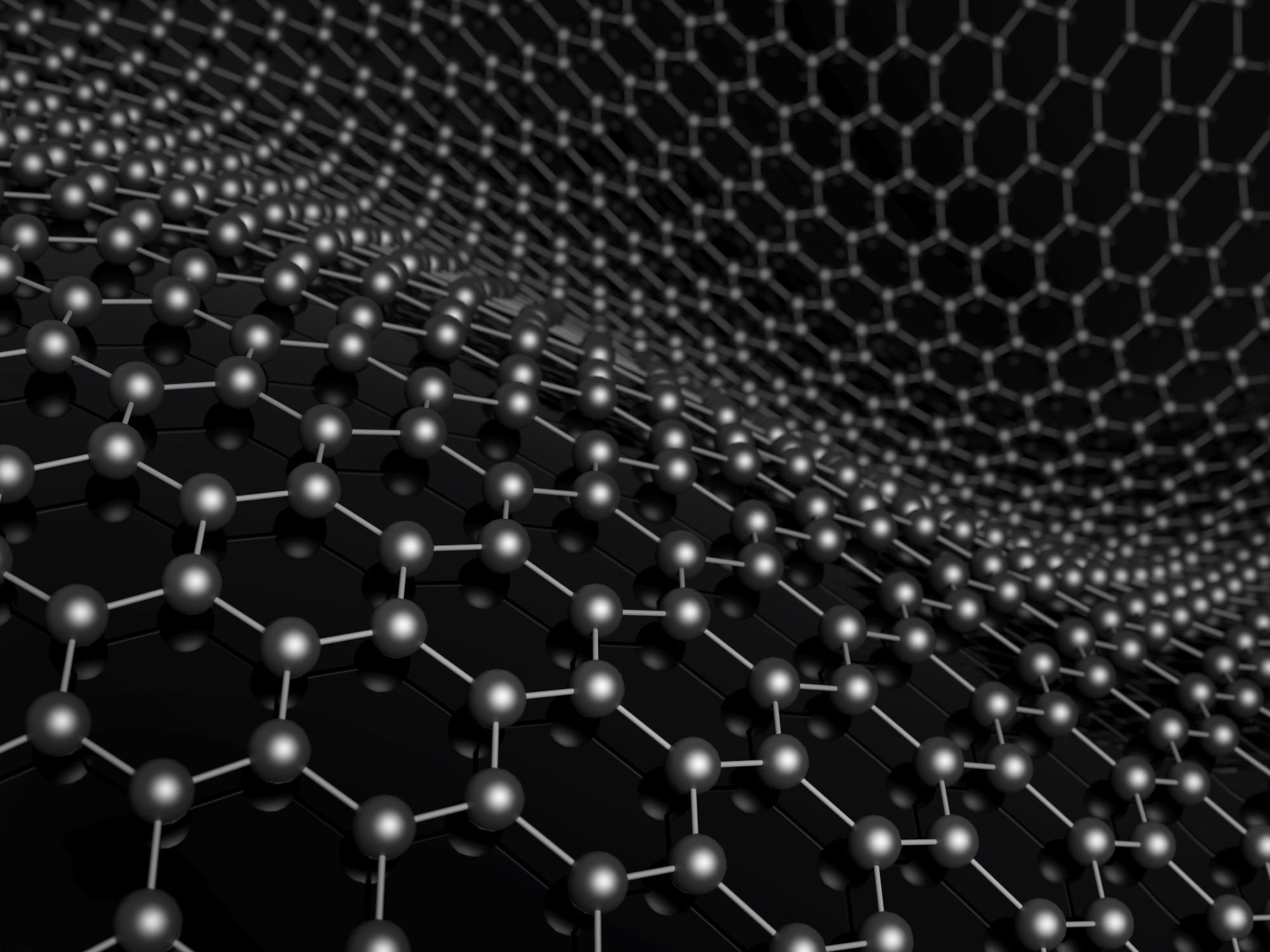A new method developed by scientists to make crystals stretchy is a modification that could allow them to serve as highly effective nanofilters.

Image Credit: Shutterstock.com/ Modella
Picture a diamond that behaves like a rubber band.
Chenfeng Ke, Assistant Professor of Chemistry, University of Eastern Finland
Ke’s research group has developed a new kind of porous, carbon-based crystal that has the ability to stretch to more than twice its length.
Chemists know these materials as porous organic frameworks that are normally hard in nature. They are constructed from a scaffold of lightweight organic molecules similar to nitrogen, oxygen and carbon. Extra molecular crosslinks are chemically stitched in to reinforce the structure.
The structures of the crystals look like open nets full of voids or pores that can accommodate a range of molecules as guests. This enables them to serve as filters that can eliminate certain pollutants from water and air, or separate and store commercially significant chemicals. Generally, the size of the pores governs the types of molecules that can be absorbed and stored.
Tweaking the design of the molecular building blocks helped the scientists to make it possible for particular chemicals to make the crystal expand. It is similar to certain molecules having a key that can open a whole lot of additional space that they can occupy currently, stated Jayanta Samanta, a research associate in the Ke Functional Materials Group.
In a study reported in the journal Chem, the scientists explain how they construct this feature by adding what they call “soft joints” into the scaffold of the crystal. The joints are made of ions that have the tendency to repel each other but are coaxed into place by interactions taking place with other molecules in the scaffold.
But when the researchers encounter the right chemical, they are readily interrupted and push away from each other. This enables the expansion of the crystal, but only as far as its crosslinkers will permit.
Samanta, the study’s lead author, explains the crystals as small, hard needles, nearly half a millimeter in length. He recalls the discovery moment when he initially placed one in a solution of phenol. It is an organic compound widely utilized in household cleaners. It expanded to twice its length in under 20 minutes. After being washed away, phenol regained its original shape in half that time.
Seeing the crystal expand and contract to this extent is remarkable.
Chenfeng Ke, Assistant Professor of Chemistry, University of Eastern Finland
Ke is struck by the rapidity of the expansion. This physical response to particular chemicals in their surrounding can be utilized for interesting applications, stated Ke, who is keen to put the new design to work by making similar crystals with the ability to absorb impurities from water.
Journal Reference:
Samanta, J., et al. (2021) An ultra-dynamic anion-cluster-based organic framework. Chem. doi.org/10.1016/j.chempr.2021.11.014.